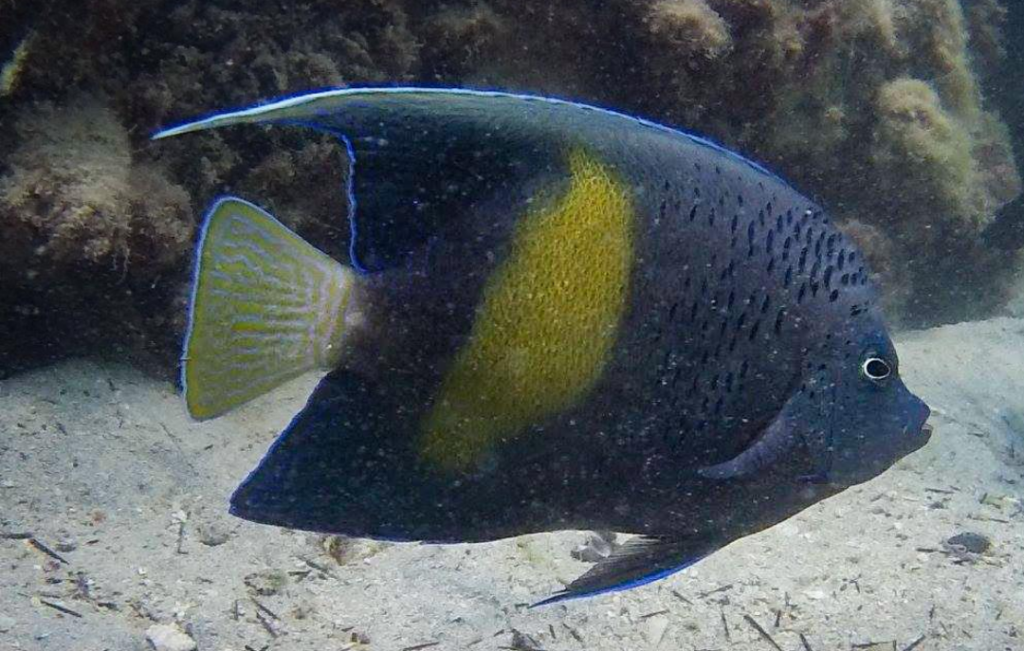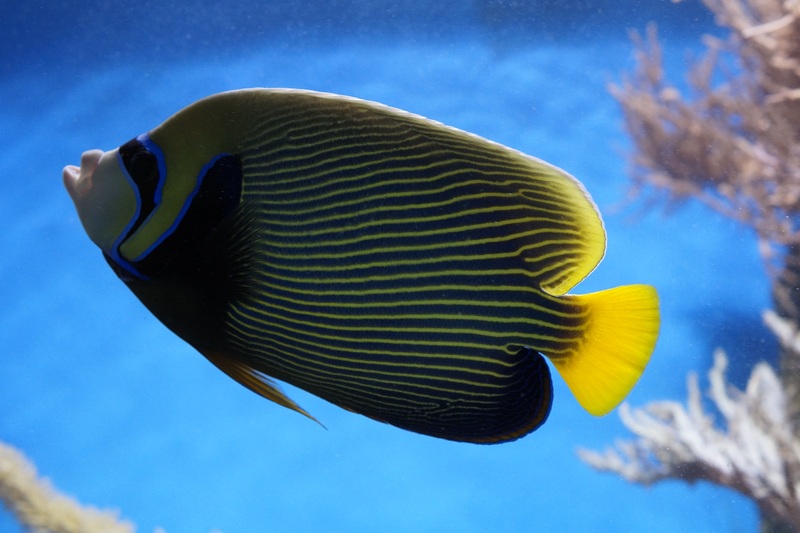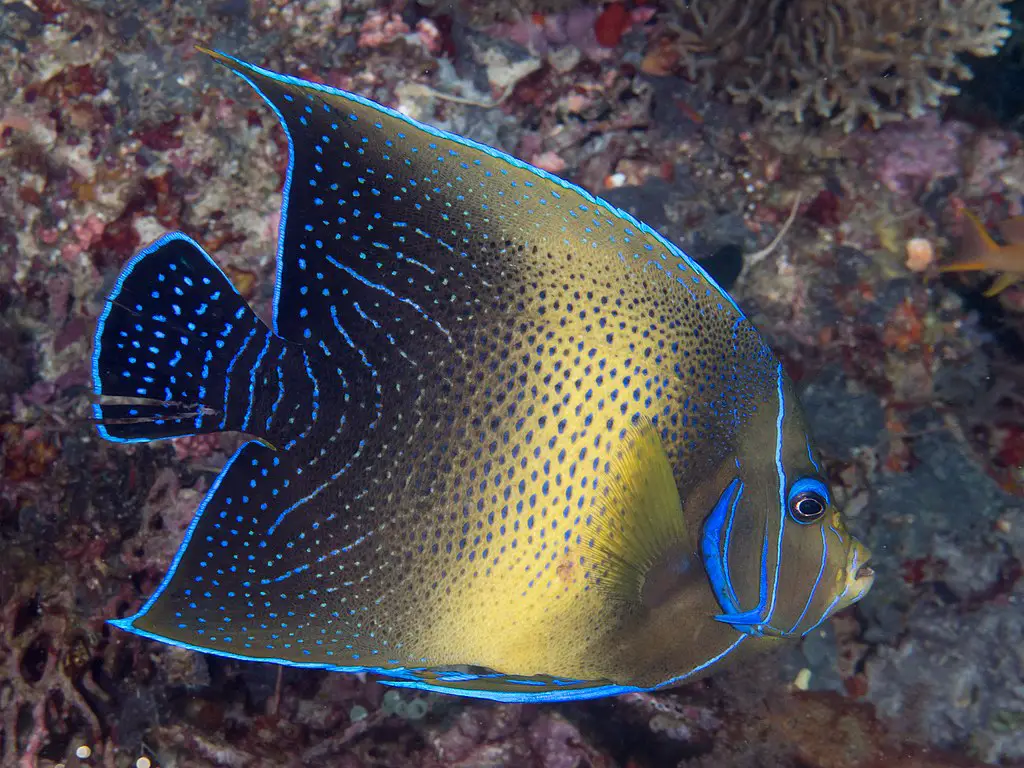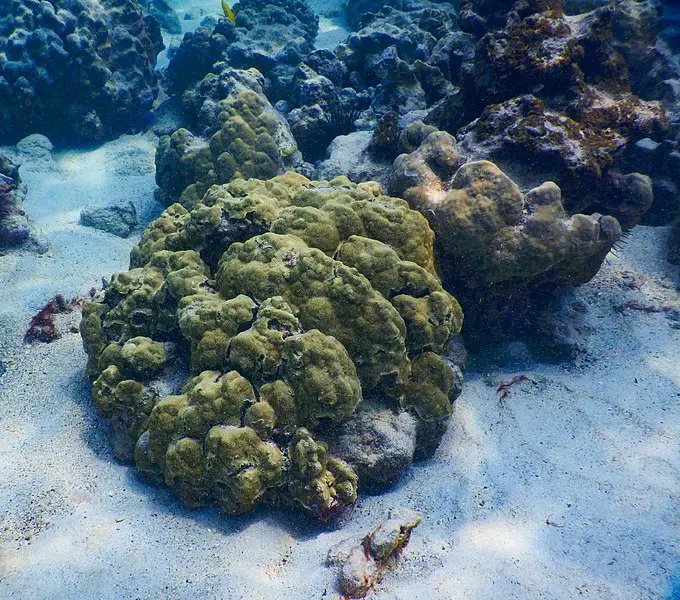Understanding Angelfish Skin Health
Angelfish are beautiful and popular aquarium fish known for their graceful appearance and vibrant colors. However, like other living beings, they are susceptible to various health issues, including skin problems. Understanding angelfish skin health is crucial for ensuring the well-being of these magnificent creatures.
Key Takeaways:
- Skin peeling is a common issue in angelfish and can be caused by various factors.
- Regular monitoring and early detection are essential to prevent and address skin peeling in angelfish.
- Proper care, maintenance, and nutrition are vital in promoting healthy skin in angelfish.
- If professional treatment is required, consulting a vet and following the recovery and aftercare instructions are essential for the fish’s well-being.
- Ongoing care and maintenance, including water quality and stress reduction, are key to preventing skin issues and ensuring the overall health of angelfish.
Identifying Skin Peeling in Angelfish
Common Causes of Skin Peeling in Angelfish

There are several common causes of skin peeling in angelfish that owners should be aware of. These include:
- Physical damage from tank decorations: Sharp or rough tank decorations can cause injuries to the angelfish’s skin, leading to peeling or shedding scales.
- Aggressive tank mates: If angelfish are kept with aggressive tank mates, they may experience stress and physical trauma, resulting in skin peeling.
- Infectious diseases: Certain diseases, such as bacterial or fungal infections, can affect the health of angelfish skin, leading to peeling or discoloration.
- External parasites: Parasitic infestations, such as ich or velvet, can irritate and damage the angelfish skin, resulting in peeling.
- Poor water parameters: Water that is not properly maintained with high levels of ammonia, nitrate, or nitrite can have a detrimental effect on angelfish skin, causing it to peel or become irritated.
Early Detection and Prevention of Skin Issues
Early detection and prevention of skin issues are crucial for maintaining the health of angelfish. By regularly monitoring fish health and taking preventive measures, angelfish owners can help prevent skin peeling and other health issues.
Some tips for early detection and prevention of skin issues in angelfish include:
- Regularly inspecting the angelfish’s skin for any signs of peeling, discoloration, or abnormalities.
- Maintaining proper tank conditions, including appropriate water temperature, pH levels, and cleanliness.
- A balanced diet with high-quality fish food ensures the angelfish receives the nutrients necessary for healthy skin.
- Quarantining new fish before introducing them to the main tank to prevent the spread of diseases or parasites.
- Implementing stress reduction techniques, such as providing hiding spots and minimizing disturbances in the tank.
Home Care for Angelfish with Skin Peeling

Environmental Factors and Their Impact
Water temperature, pH levels, water quality, and tank cleanliness play a crucial role in maintaining the skin health of angelfish. Proper care and attention to these environmental factors can help prevent skin peeling and promote overall angelfish health.
Here are some tips for maintaining optimal tank conditions:
- Regularly test water parameters and adjust as needed to ensure stability.
- Maintain the recommended temperature range for angelfish, usually between 75°F and 82°F (24°C and 28°C).
- Monitor and maintain appropriate pH levels between 6.5 and 7.5.
- Ensure proper filtration to remove waste and maintain water quality.
- Perform regular water changes to keep the tank clean and free from harmful substances.
Dietary Considerations for Healthy Skin
A balanced diet is essential for the healthy skin of angelfish. The right nutrition can promote skin regeneration, prevent skin peeling, and boost overall fish health.
Consider the following dietary recommendations for angelfish:
- Provide a variety of high-quality, nutritious foods such as flakes, pellets, and frozen or live food.
- Include foods rich in vitamins and minerals, such as spirulina and brine shrimp.
- Add supplements like omega-3 fatty acids and Vitamin C to support skin health.
- Avoid overfeeding and provide the appropriate amount of food for your angelfish.
Professional Treatment Options
When to Consult a Vet for Angelfish Skin Issues
In certain cases, it becomes necessary to seek professional treatment for angelfish with skin peeling. Consulting a veterinarian is recommended when angelfish displays severe skin peeling, open sores, or signs of infection.
These symptoms may indicate underlying health issues that require expert attention. A veterinarian specializing in fish health will be able to provide an accurate diagnosis and recommend appropriate treatment options.
Recovery and Aftercare for Angelfish
After undergoing professional treatment for skin peeling, angelfish requires proper recovery and aftercare to ensure optimal healing and prevent further complications. The recovery process typically involves isolating the fish in a clean and well-maintained tank, closely monitoring their condition, and administering any prescribed medications or treatments as directed by the veterinarian.
During the recovery period, it is crucial to maintain ideal water parameters, including temperature, pH levels, and water quality, to create a conducive environment for healing. Additionally, providing a balanced diet consisting of high-quality fish food and any recommended nutritional supplements will support the angelfish’s overall health and aid in their recovery.
Aftercare for angelfish involves regular monitoring and observation to ensure that their health continues to improve. Adjustments to the tank environment, such as proper filtration and maintaining stable water conditions, should be made to prevent any relapse or recurrence of skin issues.
Ongoing care and maintenance, including regular water testing, tank cleaning, and maintaining a stress-free environment, are key to the long-term well-being of angelfish.
Ongoing Care and Maintenance for Angelfish
To ensure the health and well-being of your angelfish, it is important to establish a regular care and maintenance routine. This will not only promote healthy skin but also support their overall vitality. Two key aspects of angelfish care are maintaining water quality and reducing environmental stress.
Importance of Water Quality and Filtration
Water quality plays a crucial role in the health of angelfish, including the condition of their skin. Keeping the water parameters within the appropriate range is essential for promoting healthy skin and preventing issues like skin peeling.
Regularly monitor and regulate the temperature, pH levels, and levels of ammonia, nitrate, and nitrite in the tank. Investing in a reliable filtration system will help maintain optimal water conditions and remove harmful substances that can negatively impact your angelfish skin health and overall well-being.
Stress Reduction Techniques in Angelfish Care
Reducing stress in the angelfish habitat is another important aspect of ongoing care. High-stress levels can weaken the immune system, making angelfish more susceptible to skin problems like peeling.
To create a low-stress environment, ensure the tank is properly set up with suitable hiding places and enough space for all the fish. Carefully choose tank mates that are compatible with angelfish to minimize aggression.
Implement a regular monitoring and maintenance schedule to keep the tank clean and provide a stable environment. By reducing stress, you can help your angelfish maintain healthy skin and overall well-being.


